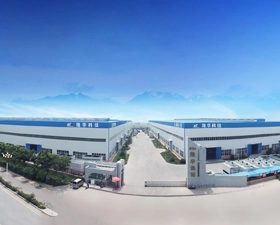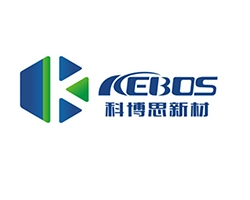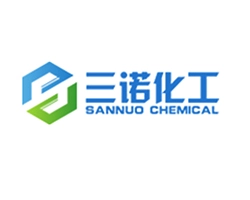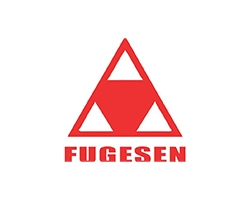Welded plate heat exchangers, renowned for their efficiency and versatility in industrial heat transfer applications, stand as innovative solutions within various industrial processes. This article delves into the intricate design, advantages, and widespread utility of welded plate heat exchangers, exploring how they optimize thermal processes in diverse industrial settings.
The Ingenious Design of Welded Plate Heat Exchangers
Welded plate heat exchangers represent a category of compact heat exchangers that employ a series of corrugated metal plates to facilitate heat transfer between two fluids. These plates, intricately welded together, create a robust and impermeable structure. The corrugations serve to amplify the surface area for heat exchange, enhancing overall efficiency while maintaining a compact footprint. Fluid channels formed by the plates enable efficient heat transfer between hot and cold fluids, making welded plate heat exchangers versatile and efficient solutions.
Advantages of Welded Plate Heat Exchangers
Compact Design: Welded plate heat exchangers distinguish themselves through a compact and space-efficient design. The corrugated plates optimize the heat transfer surface area within a confined space, rendering them particularly suitable for installations with spatial constraints.
High Thermal Efficiency: The corrugated design not only amplifies the surface area but also promotes turbulent flow, resulting in improved thermal efficiency by facilitating superior heat transfer rates between the fluids.
Versatility: Welded plate heat exchangers exhibit the capability to handle a broad range of temperature and pressure conditions, making them adaptable to various industrial applications. They prove effective in both high and low-temperature processes.
Cost-Effectiveness: The compact design and efficient heat transfer capabilities make welded plate heat exchangers cost-effective solutions for industrial heat exchange requirements. Their reduced material requirements and ease of maintenance contribute to overall cost savings.
Easy Maintenance: The modular design of welded plate heat exchangers ensures convenient access to individual plates, simplifying maintenance and cleaning procedures. This modularity allows for swift plate replacement or addition to accommodate evolving process requirements.
Applications of Welded Plate Heat Exchangers Across Industries
Welded plate heat exchangers find application across a diverse array of industries, including:
Chemical Processing: Welded plate heat exchangers play a crucial role in chemical plants for heating and cooling processes, where precise temperature control is essential for reactions and product quality.
HVAC Systems: In heating, ventilation, and air conditioning systems, welded plate heat exchangers efficiently transfer heat between air streams, contributing to energy savings and optimized system performance.
Food and Beverage Industry: Within the food and beverage sector, welded plate heat exchangers contribute to pasteurization, sterilization, and cooling processes, ensuring product safety and quality.
Power Generation: Welded plate heat exchangers are utilized in power plants and renewable energy facilities for efficient heat recovery and cooling in various power generation processes.
Oil and Gas: Welded plate heat exchangers find applications in oil refineries, facilitating efficient heating and cooling processes across various refining operations.
Welded plate heat exchangers emerge as pivotal components in industrial heat transfer, combining efficiency, versatility, and cost-effectiveness. Their ingenious design, coupled with a compact structure and widespread adaptability, positions them as indispensable elements for optimizing temperature control and heat recovery processes in diverse industrial sectors. As technology continues to progress, welded plate heat exchangers remain at the forefront of innovations, contributing to sustainable and energy-efficient industrial practices.


 EN
EN
 jp
jp  ko
ko  fr
fr  de
de  es
es  it
it  ru
ru  pt
pt  ar
ar  tr
tr 











